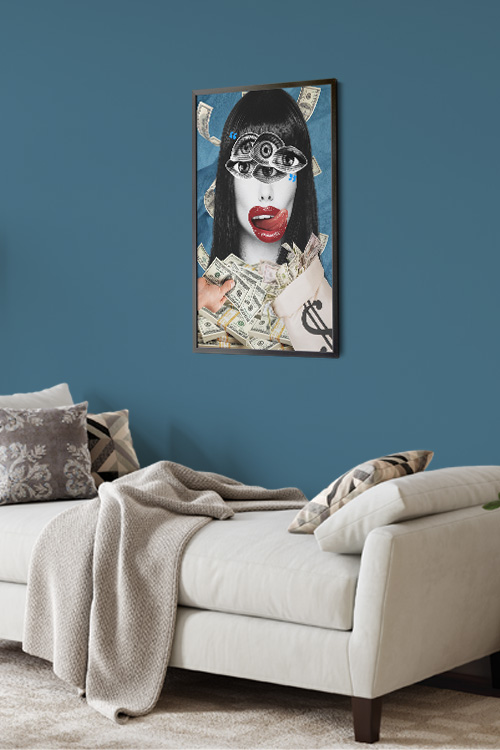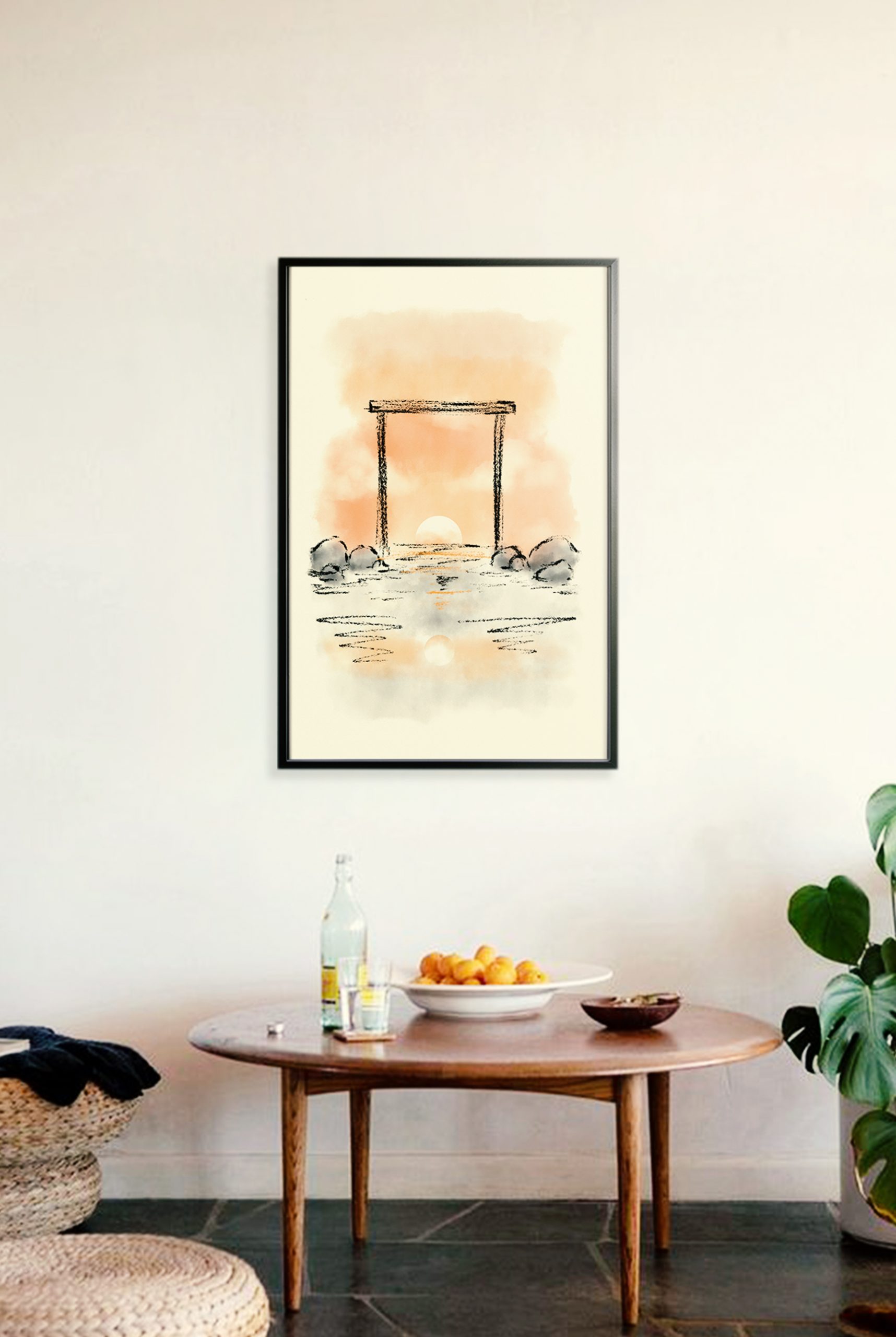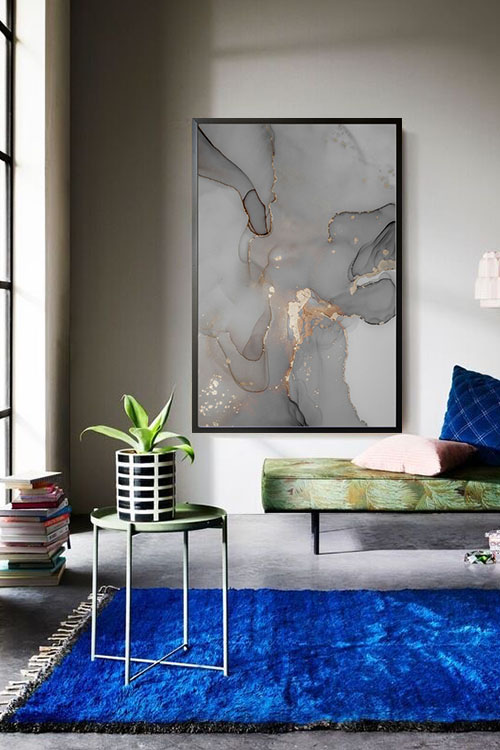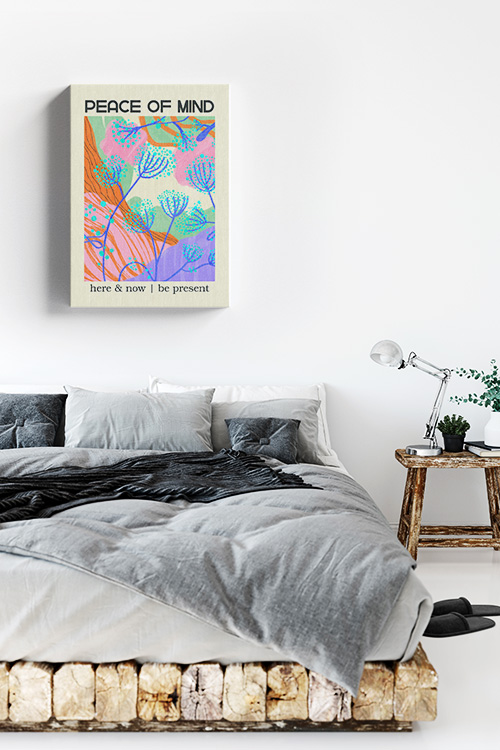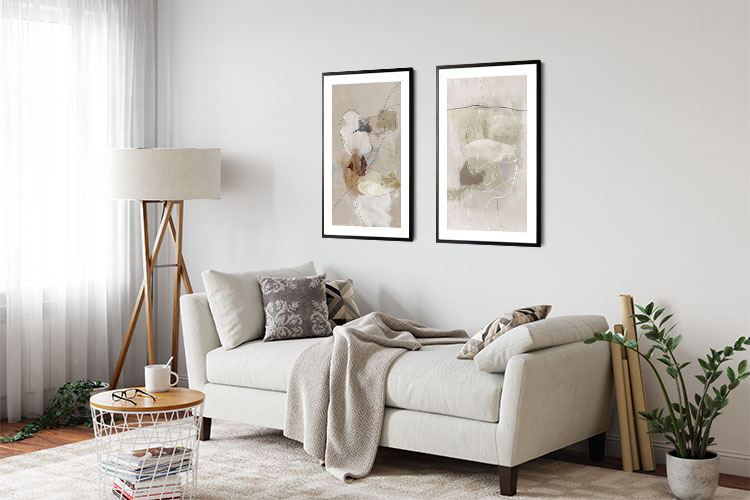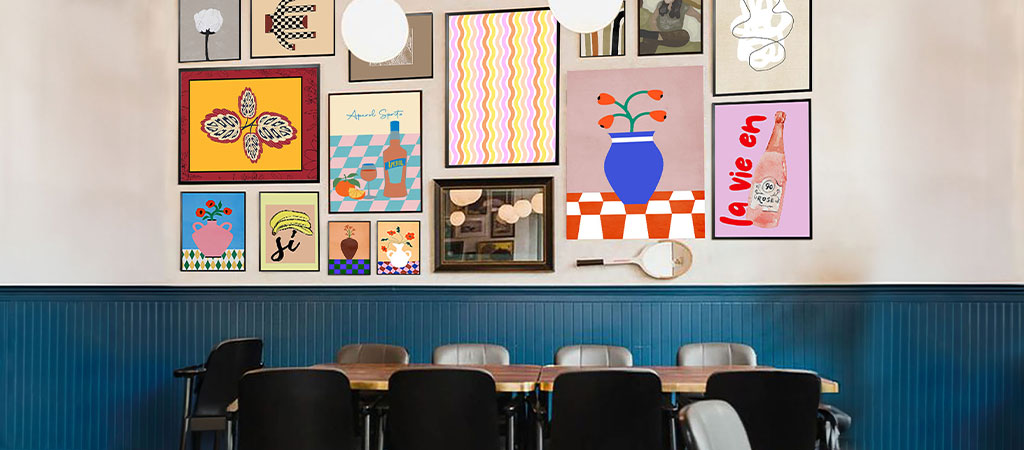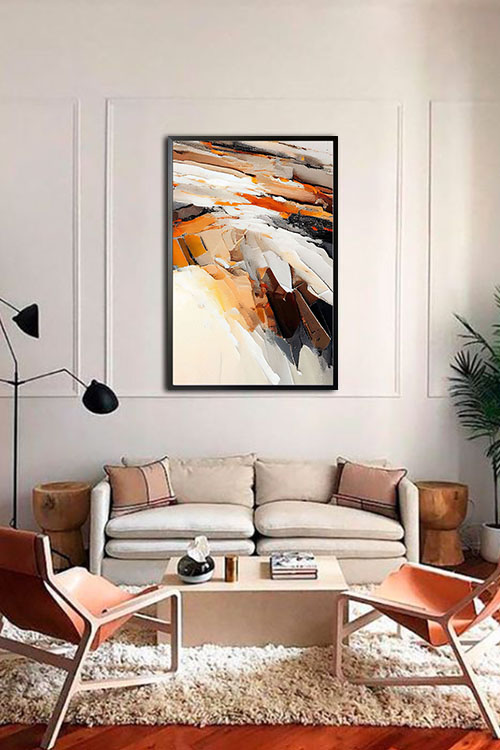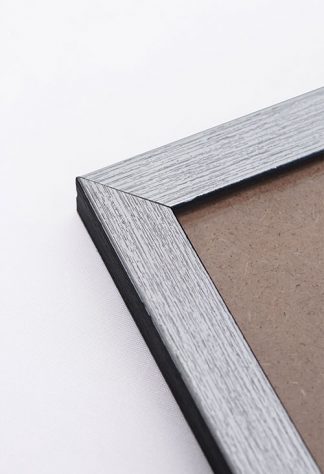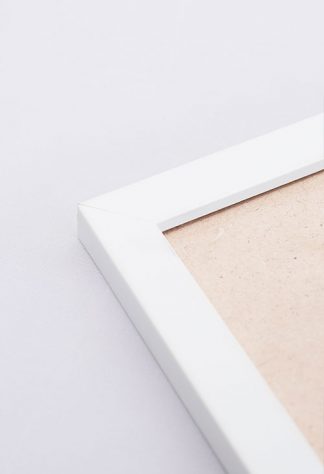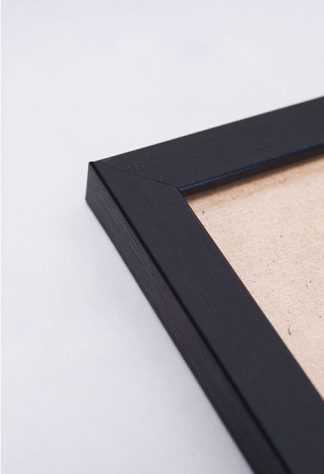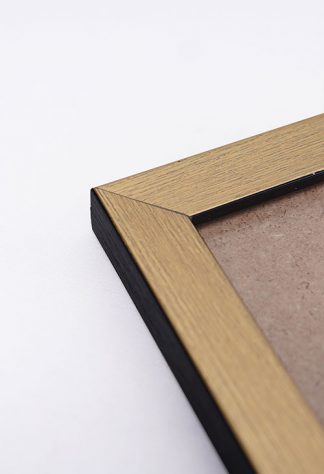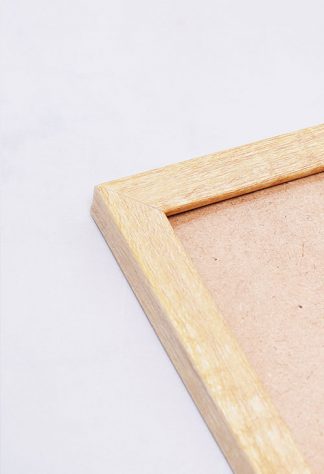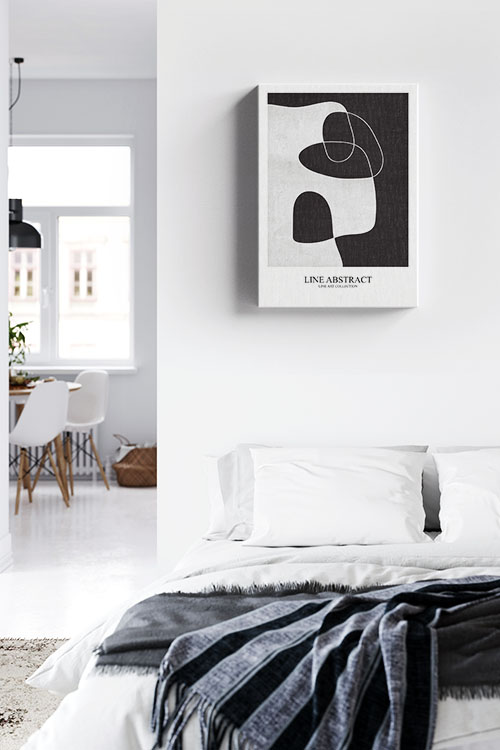
Minimalist bedroom design is more than just a trend; it’s a lifestyle. It’s a lifestyle choice that embraces simplicity, calm, and clarity. By stripping away the excess, you create a restful sanctuary that encourages relaxation and mindfulness. The tranquility of a minimalist bedroom can bring a sense of calm and peace to your daily life. But minimal does not mean boring. With the correct design elements and a carefully curated art wall, your minimalist bedroom can be both stylish and personal.
Clean Lines and Neutral Colors
The foundation of any minimalist bedroom lies in its simplicity. Stick to clean, straight lines for your furniture and keep your color palette neutral. Think whites, soft grays, beige, or earthy tones. These colors create a serene environment, making your space feel more open and airy. Keep furniture functional and uncluttered, with only essential items, such as a bed, a side table, and perhaps a small dresser or chair.
Quality Over Quantity
Minimalism is all about choosing fewer but better things. Invest in high-quality bedding, a sturdy bed frame, and timeless decor pieces such as a simple vase, a classic lamp, or a well-crafted mirror that will stand the test of time. Keep surfaces clear and store personal items out of sight to maintain a clean and peaceful atmosphere.
The Art Wall: A Personal Statement
Even in a minimalist space, art can play a decisive role. A thoughtfully designed art wall adds character and personality without overwhelming the space. Here’s how to do it right:
- Choose with Intention – select a few pieces of art that genuinely resonate with you. This personal touch in choosing art can make your minimalist bedroom feel more connected and engaging. Stick to a consistent theme–whether that’s black-and-white photography, abstract shapes, or nature-inspired prints.
- Keep It Balanced – in a minimalist room, the art wall should feel integrated, not overpowering. Limit the number of pieces and use matching or complementary frames to keep a sense of cohesion.
- Placement Matters – position the art above the bed or on a focal wall. Center the arrangement to draw the eye and enhance the room’s symmetry.
- Negative Space is Key – don’t be afraid to leave space around your artwork. The freedom and openness of negative space are key elements in minimalist design. It allows your art to breathe and your room to feel more spacious.
In a Nutshell
A minimalist bedroom can be both beautiful and functional when the right balance of design and decor is achieved. By keeping your space simple and adding a carefully curated art wall, you can create a calm and stylish retreat that reflects your personality without clutter.
